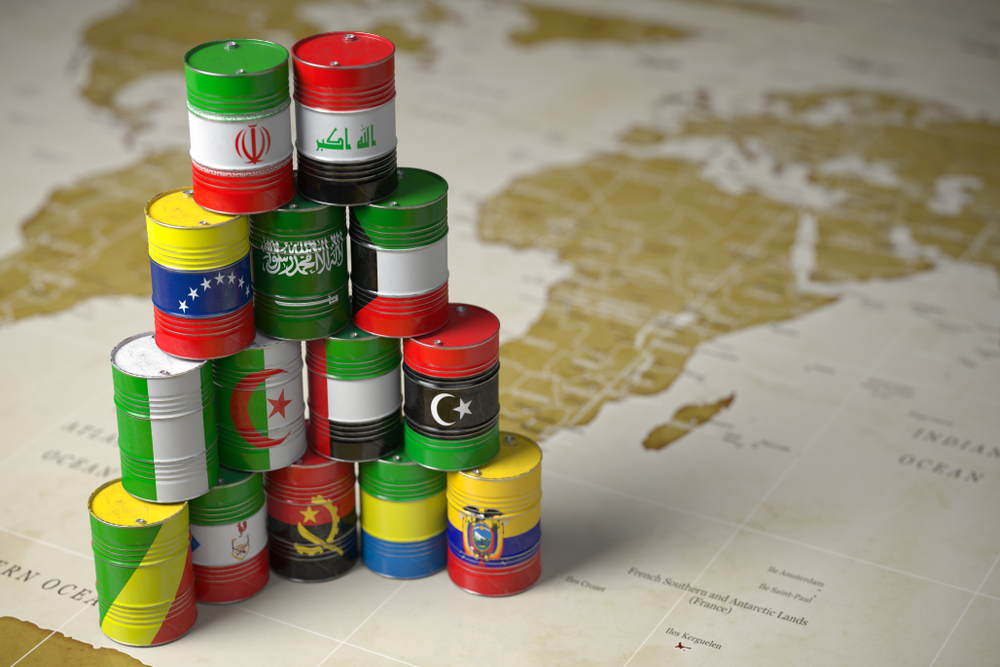- Summary:
- A recent survey showed that OPEC cut production more than anticipated in December. But why do crude oil prices continue to fall?
Crude oil prices slid even further in Friday’s trading despite news from OPEC that the cartel is implementing more production cuts than previously announced. WTI crude oil CFDs finished 39 cents lower at $59.18.
Higher Than Expected Production Cuts
According to a survey from S&P Global Platts, OPEC produced only 29.55 million barrels per day in December. This was 100,000 barrels per day lower than what it previously produced. This level of production is actually OPEC’s target for Q1 2020, however, the survey showed that they reached it a month earlier than anticipated.
Saudi Arabia Overcompensating for Other Countries
A closer look at the report showed that Saudi Arabia implemented deeper cuts than necessary. The country’s assigned quota at 10.3 million barrels per day but it only produced 9.82 million barrels per day. It would seem that it was making up for production cuts by other countries namely, Iraq and Nigeria, who did not comply to their quotas. Iraq was supposed to produce only 4.46 million barrels per day but was at 4.58 million barrels per day. Nigeria also produced 90,000 barrels per day more than its quota at 1.84 million barrels per day.
Production cuts equate to lower supply, and with demand being assumed constant, should be bullish for crude oil prices, right? In theory, yes. It is worth noting that these production cuts were announced in advance and did not really come as a surprise. More importantly, it would seem that the credibility of OPEC members is overshadowing the lower supply of oil. The failure of some countries to adhere to their agreed quotas hint that the cartel will not implement harsh production cuts in the future.
Read our Best Trading Ideas for 2020.
Crude Oil Price Outlook
On the daily time frame, we can see that crude oil prices have retraced most of its gains back to the 61.8% Fib level (when you draw from the low of November 29 to the high of January 8). The commodity still has a little bit more room to trade lower and still maintain its uptrend. By connecting the lows of October 3, October 10, November 19, and November 29, we can see that the rising trend line could provide support at around $58.16. The price also seems to align with the 100 SMA and 200 SMA. Reversal candles around this area could mean that we may see crude oil prices soon rally to their US-Iran conflict-highs at $65.63.
On the other hand, a strong bearish close below this level may mean that crude oil prices are on their way to their November lows at $55.00.


